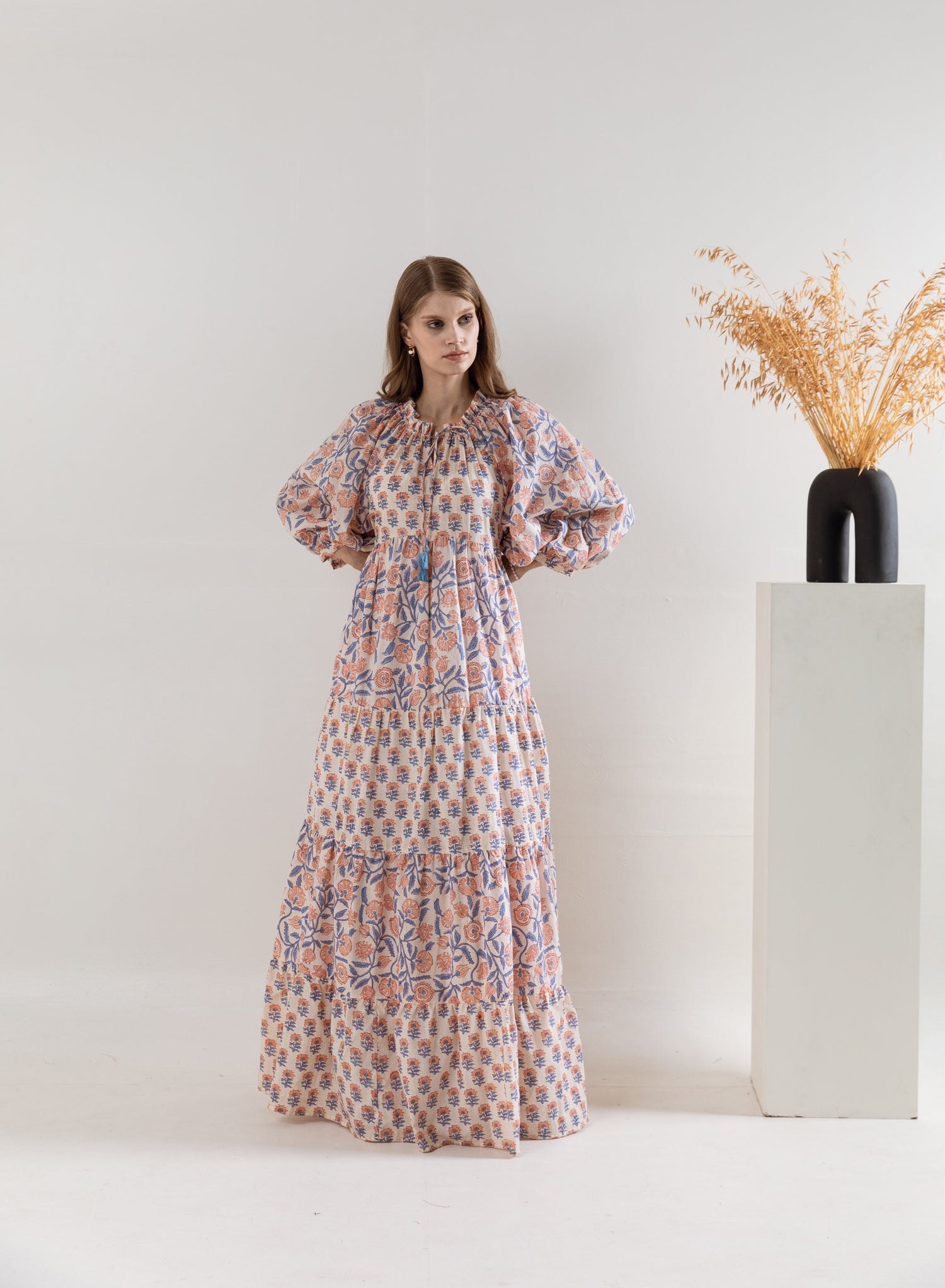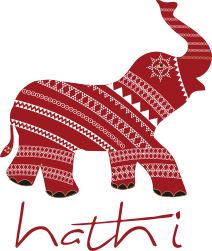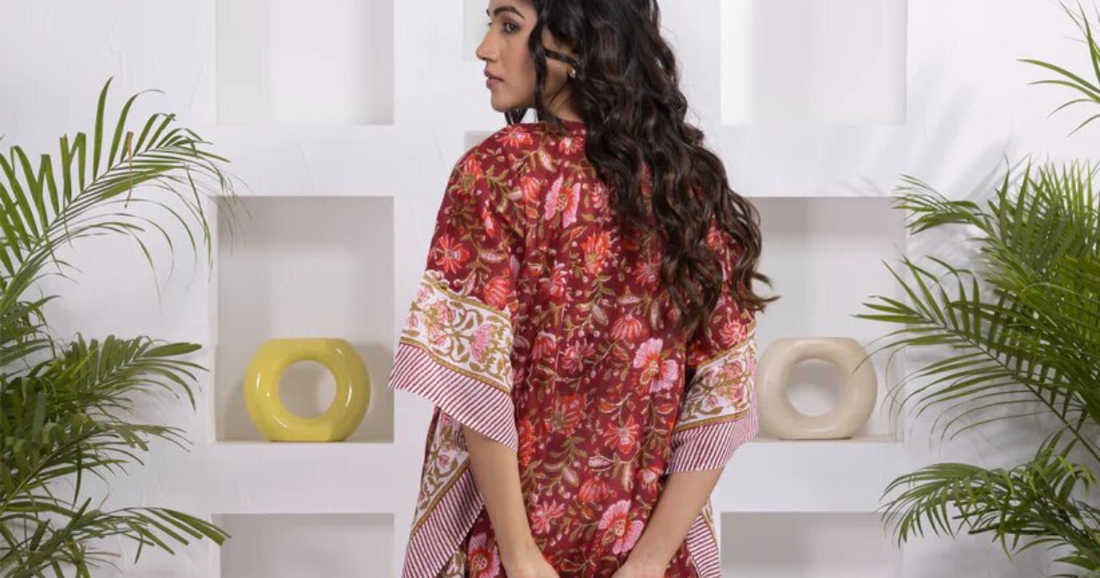Kaftans, those graceful, flowing garments that have adorned people's bodies for centuries, are having a contemporary comeback. They have survived cultures and eras to become a global fashion statement. Originally, they were a symbol of luxury and royalty in ancient Mesopotamia. Fashionistas all over the world have fallen in love with the kaftan because of its comfort and versatility, which can be seen in everything from breezy beachwear to gorgeous evening gowns.
The Origin and Evolution of Kaftans
We start our journey in ancient Mesopotamia, the birthplace of civilization. Here, in 600 BCE, the kaftan appeared as a useful garment that provided shade from the hot sand and sun. Made from organic materials such as wool and linen, it represented both social standing and coziness.
The kaftan developed with the rise and fall of empires. It became a canvas for ostentatious embellishments in the opulent courts of the Ottoman Empire, with rich fabrics like velvet and silk and elaborate embroidery designating the wearer's status and wealth.
- Morocco: Often made of cotton or silk, Moroccan kaftans are distinguished by their elaborate beadwork and vivid geometric designs.
- India: With flowing silhouettes and elaborate motifs like paisley and floral prints, Indian kaftans display a kaleidoscope of colors and textures.
- West Africa: West African kaftans, which are typically made of lightweight cotton for optimal comfort, are characterized by vivid wax prints and striking geometric patterns.
Benefits of Cotton Fabric for Kaftans

The fabric's many advantages have led to the enormous rise in popularity of cotton kaftans. Because cotton breathes well, it is a great material for warm weather. The natural fibers allow air circulation, keeping you cool and comfortable. Cotton is also hypoallergenic, which means that people with sensitive skin can wear it. Its absorbent nature ensures that it wicks away moisture, providing a fresh and dry feel.
The Versatility of Cotton Kaftans for Different Occasions

Cotton kaftans are particularly well-suited to a variety of settings, including both formal and informal settings. These clothes are ideal for a day at the beach, a laid-back get-together, or even a dressier evening event because they can be dressed up or down. Cotton is a great material for a variety of situations because it is breathable and lightweight, offering both comfort and style.
Tips on Choosing the Right Online Stores
Selecting trustworthy online retailers with high ratings from satisfied customers who provide positive feedback about product quality, shipping, and customer service is crucial when looking to purchase kaftan dresses. Additionally, since they frequently curate a collection of kaftans and related styles, you might want to think about buying from speciality boutiques or stores that specialize in bohemian or resort wear. Purchasing straight from the official websites of well-known companies that specialize in kaftan dresses is an additional choice that guarantees authenticity and a large assortment of styles.
Exploring Designer Kaftan Options
Renowned Fashion Houses
Finding the Perfect Fit: Kaftan Dress Buying Guide
How to Measure for the Perfect Kaftan Fit
Bust: Measure around the fullest part of your bust while wearing a bra that provides the support you would typically use.
Waist: Measure around the natural waistline, which is usually the narrowest part of your torso
Hips: Measure around the fullest part of your hips, ensuring the tape is parallel to the ground.
Shoulder Width: Measure across the back from the tip of one shoulder to the tip of the other.
Sleeve Length: Measure from the tip of your shoulder to your wrist for long sleeves or to your desired length for shorter sleeves.
Beach and Summer Kaftans – Your Holiday Essentials
Styling Tips for Beach Kaftans
Light and Breathable Fabrics: To stay cool in the sun, go for beach kaftans made of breathable, light materials like linen or cotton.
Bright and cheery hues or prints with tropical themes that go well with the beach atmosphere are great ways to embrace the summertime vibe.
Loose and Flowy Fit: For optimal comfort and effortless movement, choose kaftans featuring loose and flowing silhouettes, which are perfect for a day by the sea.
Versatile Cover-Up: To provide a seamless and stylish transition from the beach to other activities, wear your beach kaftan as a stylish cover-up over your swimsuit.
Accessorize with Hats and Sandals: For a stylish and sun-ready look, team your beach kaftan with a wide-brimmed hat and comfy sandals.
Organic Cotton Kaftans for Everyday Use at Online Store
Sustainable Materials: To lessen the impact of production on the environment, choose kaftans made of organic and sustainable materials like bamboo, linen, or organic cotton.
Low-Impact Dyes: Seek for kaftans that are dyed with low-impact, eco-friendly dyes that use less water and produce less chemical runoff.
Fair Trade Practices: Promote companies that follow fair trade principles to make sure that craftspeople are compensated fairly and have safe working conditions.
Upcycled and Recycled Fabrics: To encourage a circular economy and lessen the need for new resources, choose kaftans made of upcycled or recycled materials.
Local Production: Select kaftans produced locally to minimize transportation-related carbon emissions and support the local economy.
How to Care for Your Kaftan
Takeaway
In conclusion, kaftans have endured and are still a well-liked choice in clothing for people all over the world. There are countless options online for every type of kaftan, from casual cotton to elegant designer. With the right fit and styling, kaftans can be worn for any occasion, making them a versatile and timeless addition to any wardrobe.


